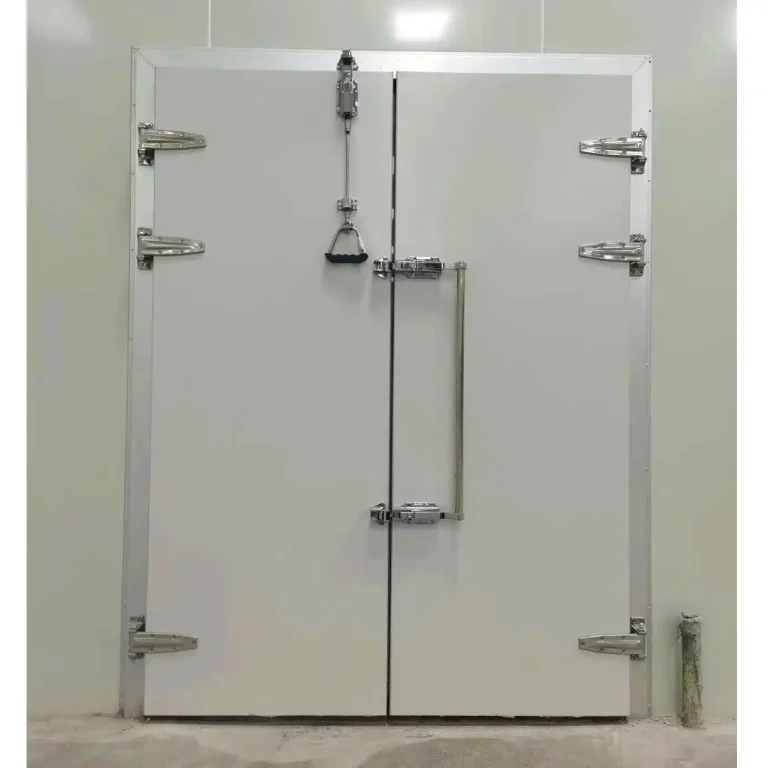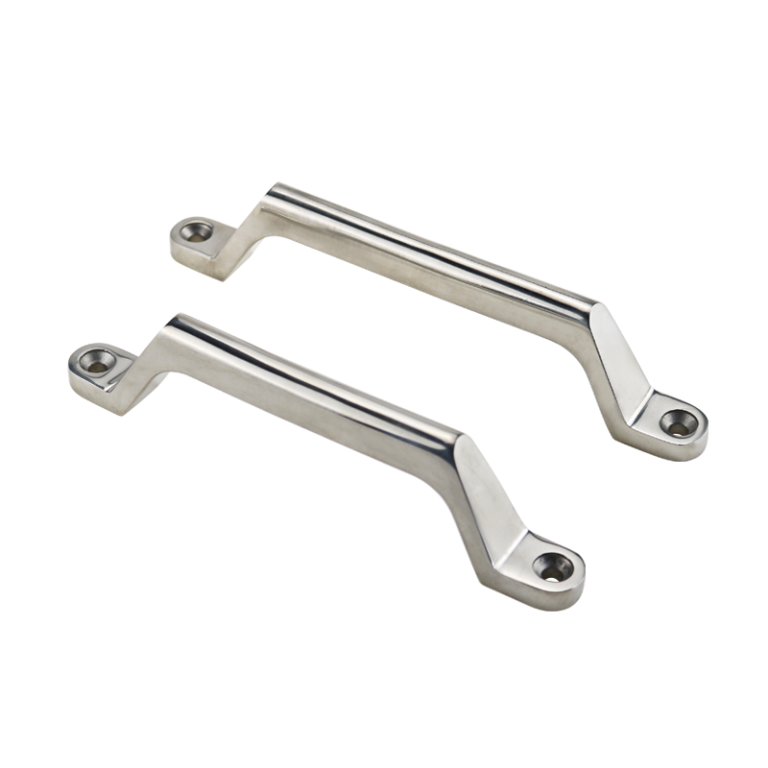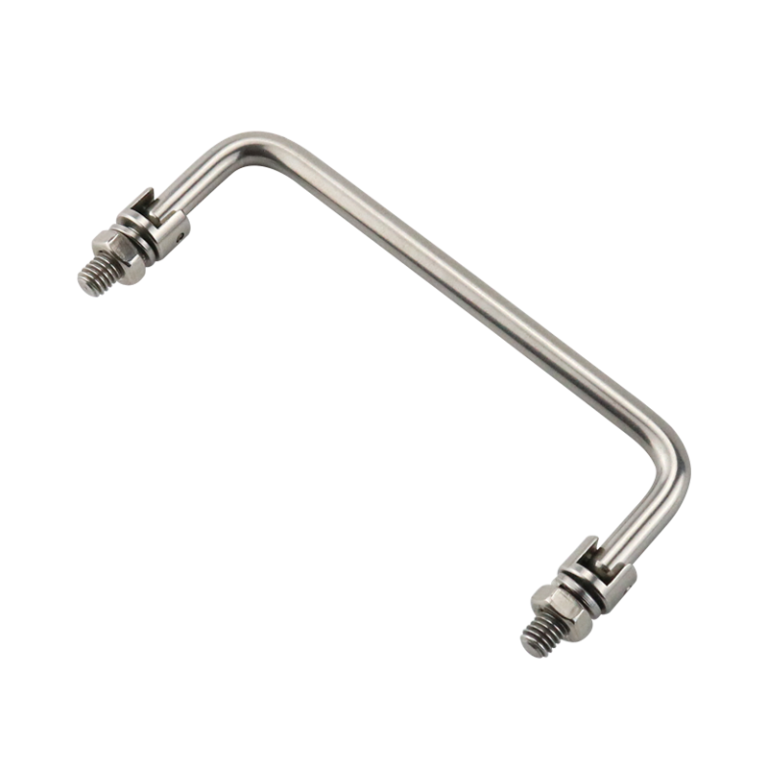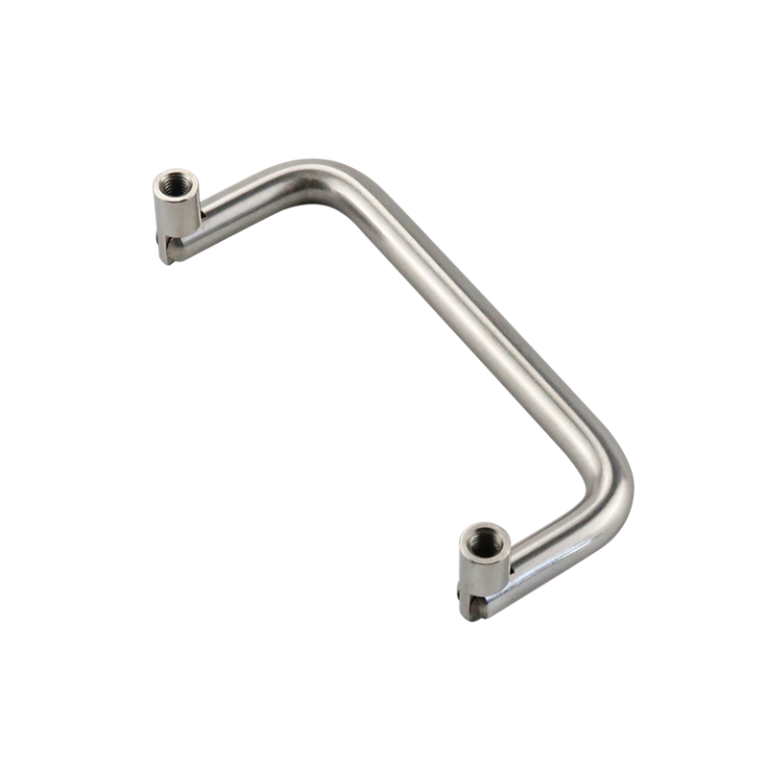HTAN is one of the leading manufacturers of industrial hinges, handles and latches in China.
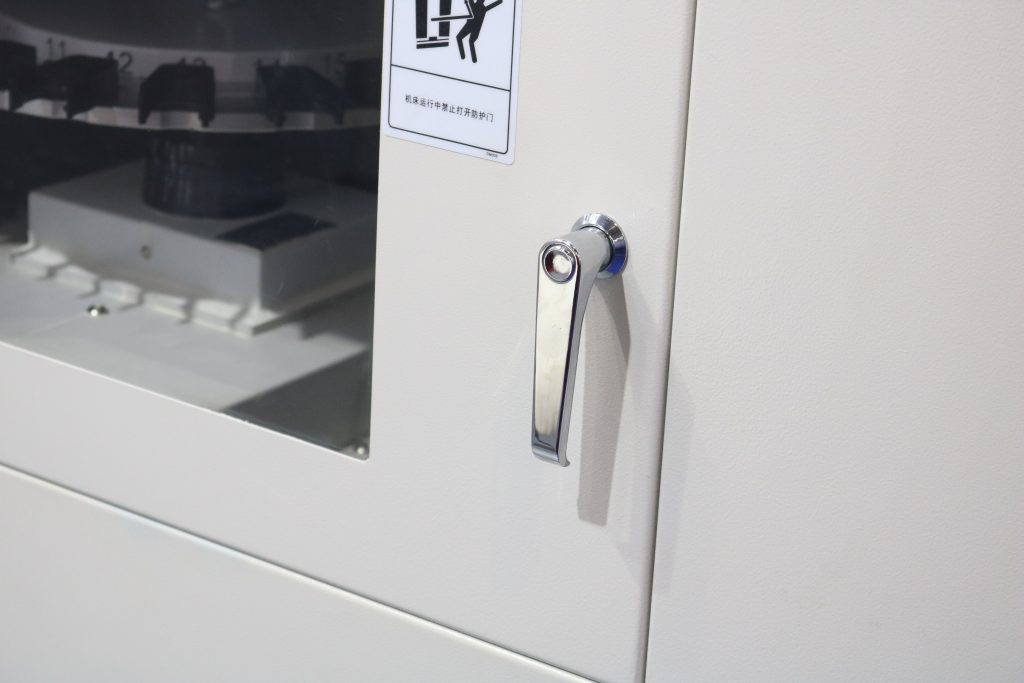
Compression latches for machinery and equipment
A compression latches is a locking system made of precision structural design and high-strength materials. Its core feature is the “compression” process – a high-pressure technology that tightly combines metal materials to form a strong and durable latches body and cylinder. This design not only enhances security, but also increases resistance to vandalism, making it suitable for residential, commercial, industrial and other scenarios.
Components of Compression Latches
Main Metal Elements and Percentage
The main material of compression latches usually contains the following metal elements:
- Zinc alloy (about 50%-60%): provides basic structural support, low cost and easy to process.
- Stainless steel (approx. 20-30%): used in key areas (e.g. cams, cylinders), resistant to rust and wear.
- Copper alloy (about 10%-15%): commonly used in the internal precision parts of the latches cylinder to improve the smoothness.
Auxiliary added components and their functions
- Silicon: Enhances metal hardness and prevents deformation.
- Nickel: improve corrosion resistance, prolong service life.
- Carbon fiber: a small amount added to the latches body, reduce weight and improve toughness.
Introduction to Compression Latches
Physical Properties of Compression Latches
Appearance
- Color: mostly silver gray (stainless steel color) or black (anti-oxidation coating).
- Gloss: the surface is polished or frosted, both aesthetic and anti-fingerprint effect.
Density and impact on practical use
Compression latches have a high density (approx. 7-8 g/cm³) and therefore weigh more.
The high density brings two major advantages:
- The latches body is not easily pried open or sawn off by external forces.
- It remains structurally stable after long-term use, reducing the risk of loosening.
Characteristics related to thermal conductivity
The thermal conductivity of metal materials is high, but compression latches usually have an insulating coating added to the surface to prevent deformation of the latches body under extreme temperatures.
Mechanical Properties
Strength performance
- Compression resistance: it can withstand more than 5000N pressure and resist violent impact.
- Tensile strength: the latch can resist 3000N at the connection with the latches body, preventing forced pulling.
Hardness level and wear resistance
The surface hardness can reach HRC 50-55 (Rockwell hardness), even if frequently used, the latches body has less scratches.
Toughness and impact resistance
Through the high-pressure compression process, the internal structure of the metal is more compact, and it is not easy to break when impacted.
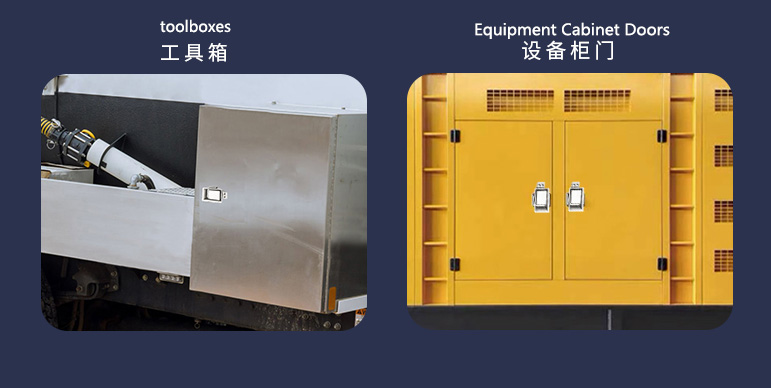
Compression Latches for Tool Boxes and Equipment Cabinet Doors
Advantages of using compression latches
Enhanced security
- Cylinder design: mostly adopts double-row bullet or magnetic structure, anti-technical unlocking.
- Strong latches body: no welding gap in the whole, avoiding damage by crowbar.
Good durability
- Anti-wear: Stainless steel latch can withstand more than 100,000 times of opening and closing test.
- Anti-corrosion: nickel coating resists environmental erosion such as humidity and salt spray.
Convenience of operation
Lubricating material is added inside the latches cylinder to make key insertion and extraction smoother, suitable for the elderly or children.
Installation adaptability
- Support wooden doors, metal doors, security doors and other door types.
- The size of the latches body can be adjusted to fit different thicknesses of door frames.
Stability
After long-term use, the latches can still maintain a close bite, avoiding the security risks caused by loosening.
Common Application Scenarios
- Residential entrance door: taking into account the safety and aesthetics, suitable for family use.
- Commercial place door: such as shopping malls, office buildings, need to cope with high-frequency use.
- Industrial cabinets: such as electrical control cabinets, server cabinets, etc.
- Ships, railroads, recreational vehicles, etc.: in the ship’s hatch, the equipment hatch of railroad vehicles, recreational vehicles, storage box doors and other locations
- Industrial plant doors: resistance to dust, oil and other harsh environments.
- Public building doors: hospitals, schools and other places that require strict control.
- Special security doors: preferred latches for fire doors and explosion-proof doors.
- Large industrial machinery and equipment: in some industrial equipment that requires high sealing and vibration resistance
- Electronic equipment shell chassis: such as computers, network equipment, communication equipment, etc. shell chassis

Compression Latches for Trucks, RVs, Cabinet Doors, Toolboxes Case Studies
FAQ
Q:What are the maintenance points of compression latches?
A: Lubricate the latches cylinder with graphite powder every six months, avoid using oil (easy to stick dust). Regularly check whether the fixing screws are loose.
Q: Can it adapt to extreme temperature environment?
A: Applicable temperature range -30℃ to 120℃, you need to choose the model with heat insulation coating for high temperature environment.
Q: How can I tell the difference in quality between different brands of compression latches?
A: Check the weight of the latches body (heavier is usually denser). Test the smoothness of key insertion (inferior products are prone to jamming).
Q: What are the precautions for installing compression latches?
A: Measure the door thickness and choose the corresponding size of latches body. The latches hole needs to be accurately slotted to avoid offsetting the latch.
Q: What are the cost advantages of compression latches compared with other door latches?
A: The service life is up to 10-15 years, reducing the frequency of replacement. High security reduces the risk of theft and indirectly saves insurance costs.
Conclusion
With its high strength metal material, precision compression process and wide applicability, compression latches is the preferred solution in the modern door latches field. Whether in domestic or industrial settings, it offers reliable security, durability and operating experience. With regular maintenance and proper installation, compression latches maintain optimal performance over time, saving users time and money.




